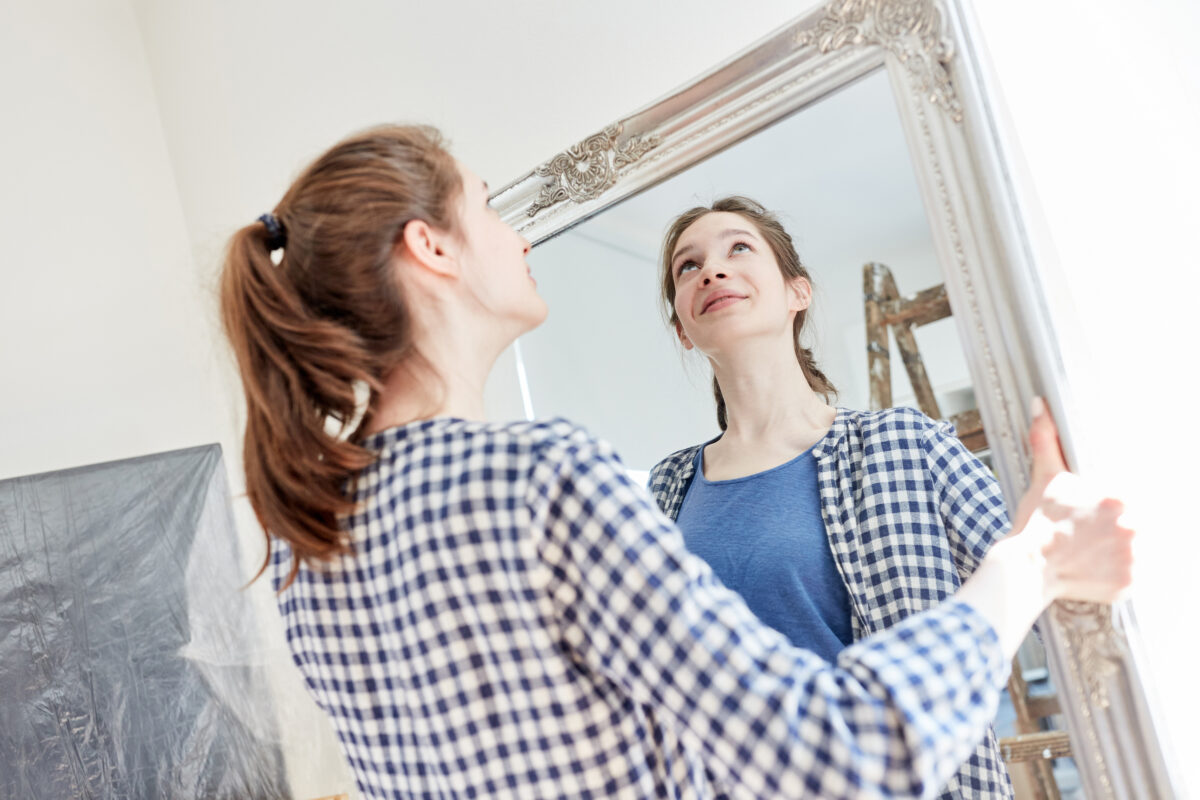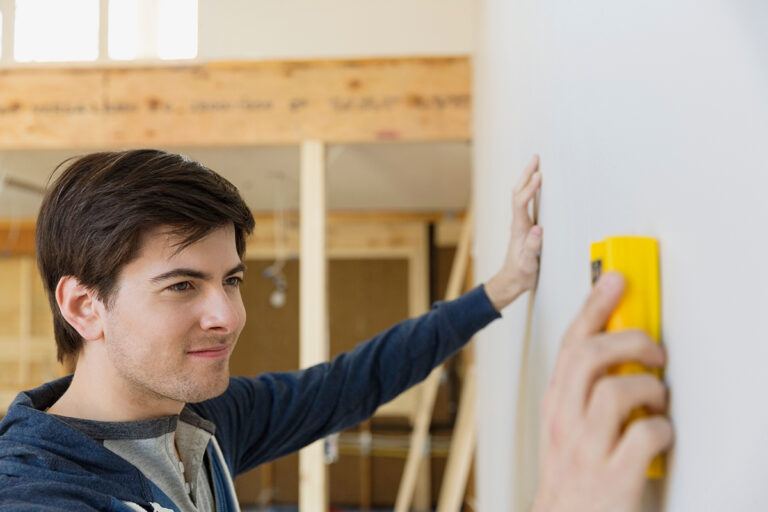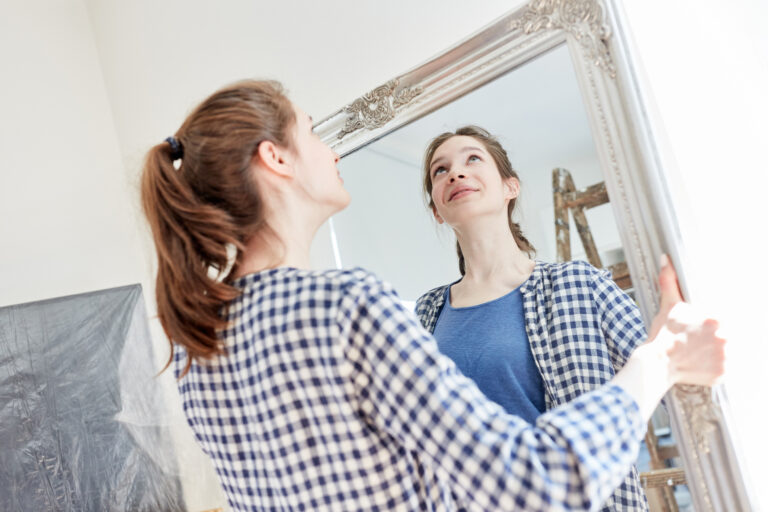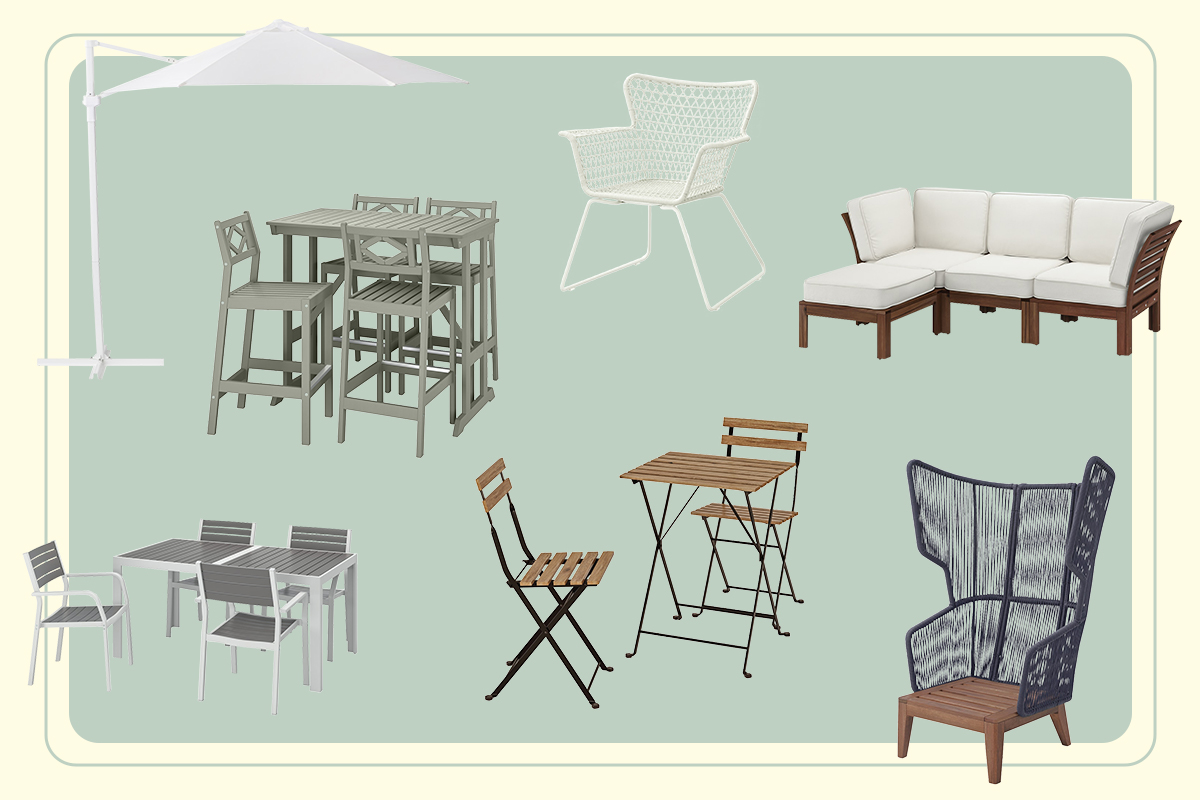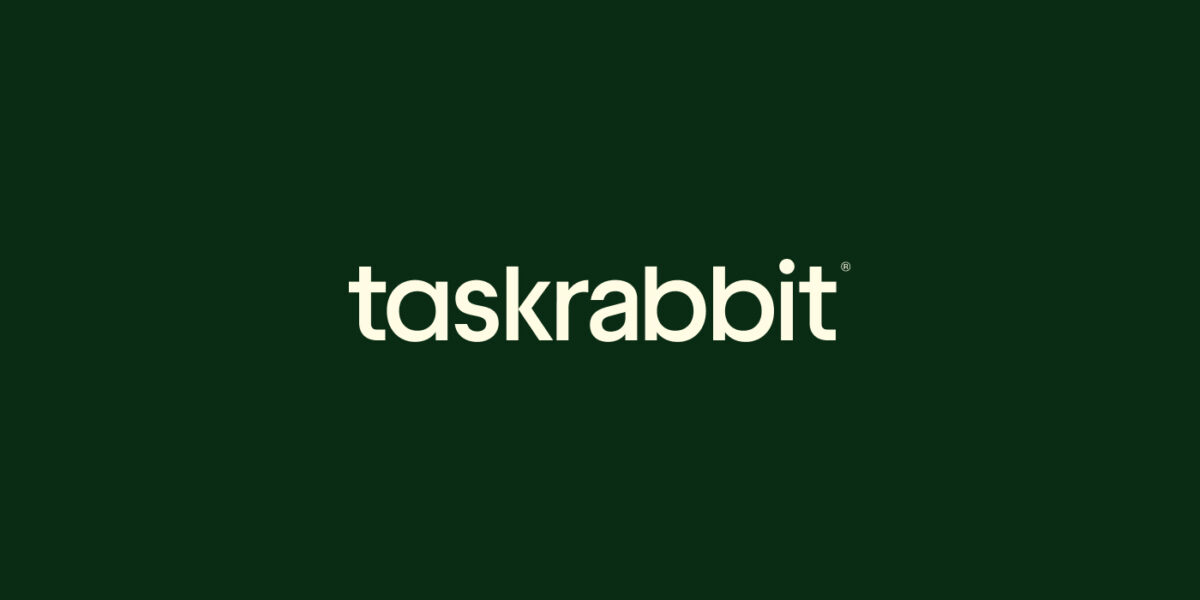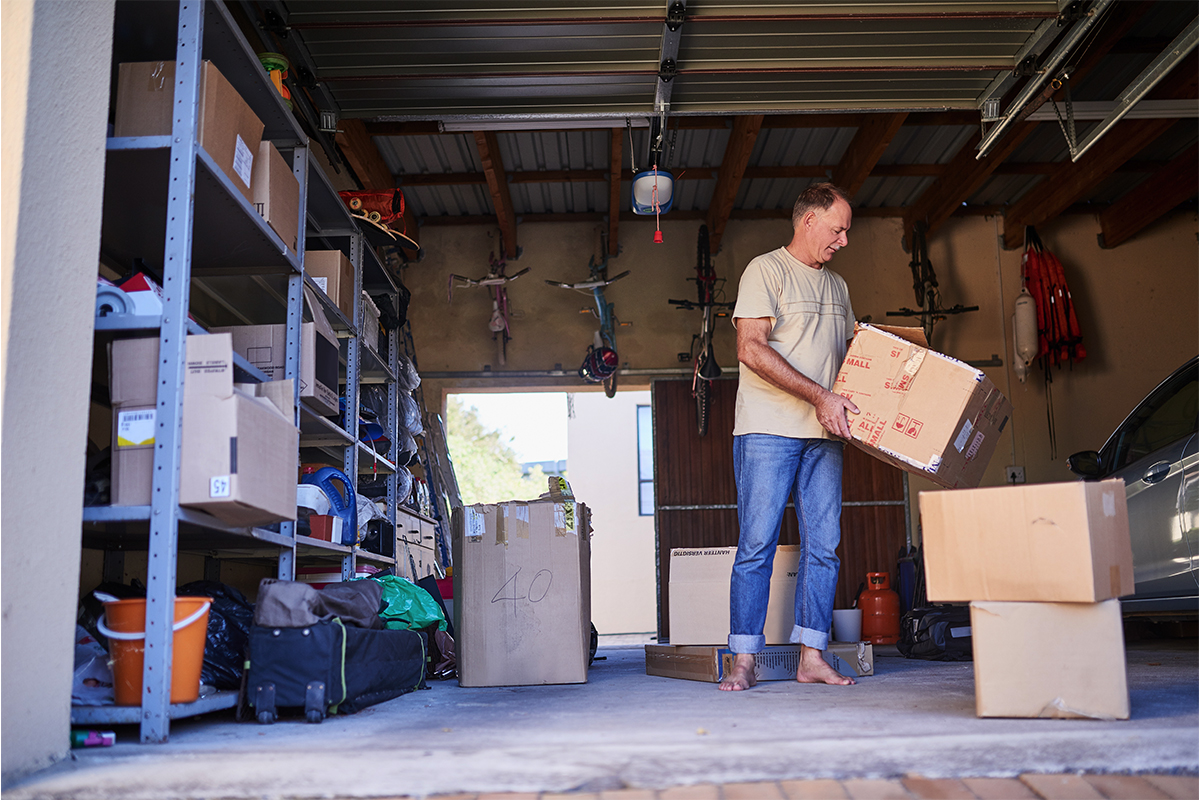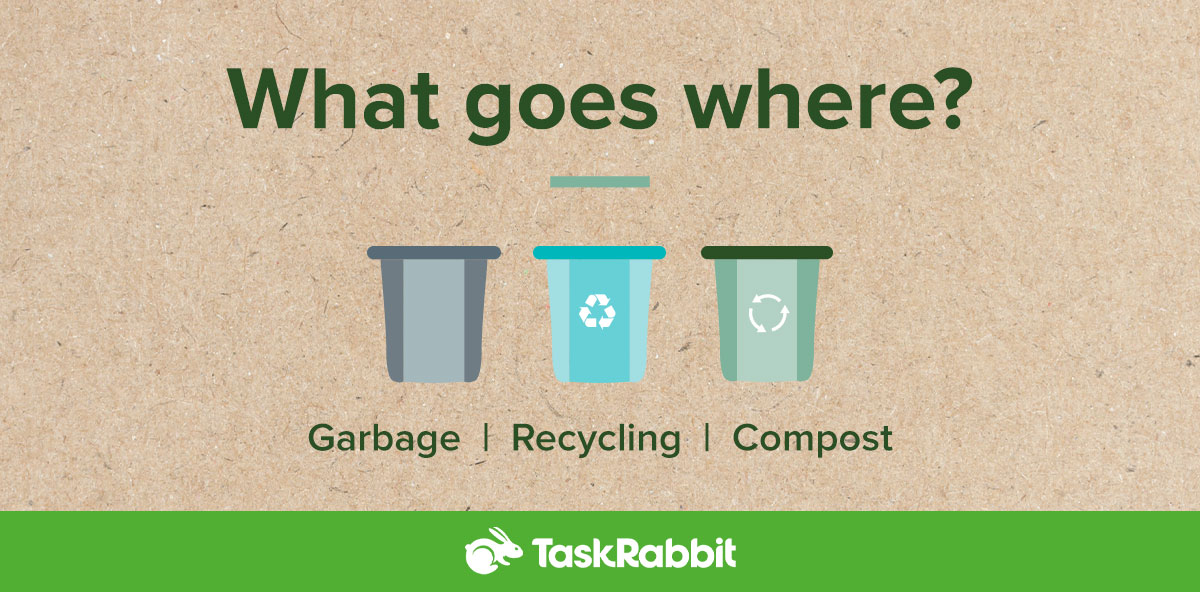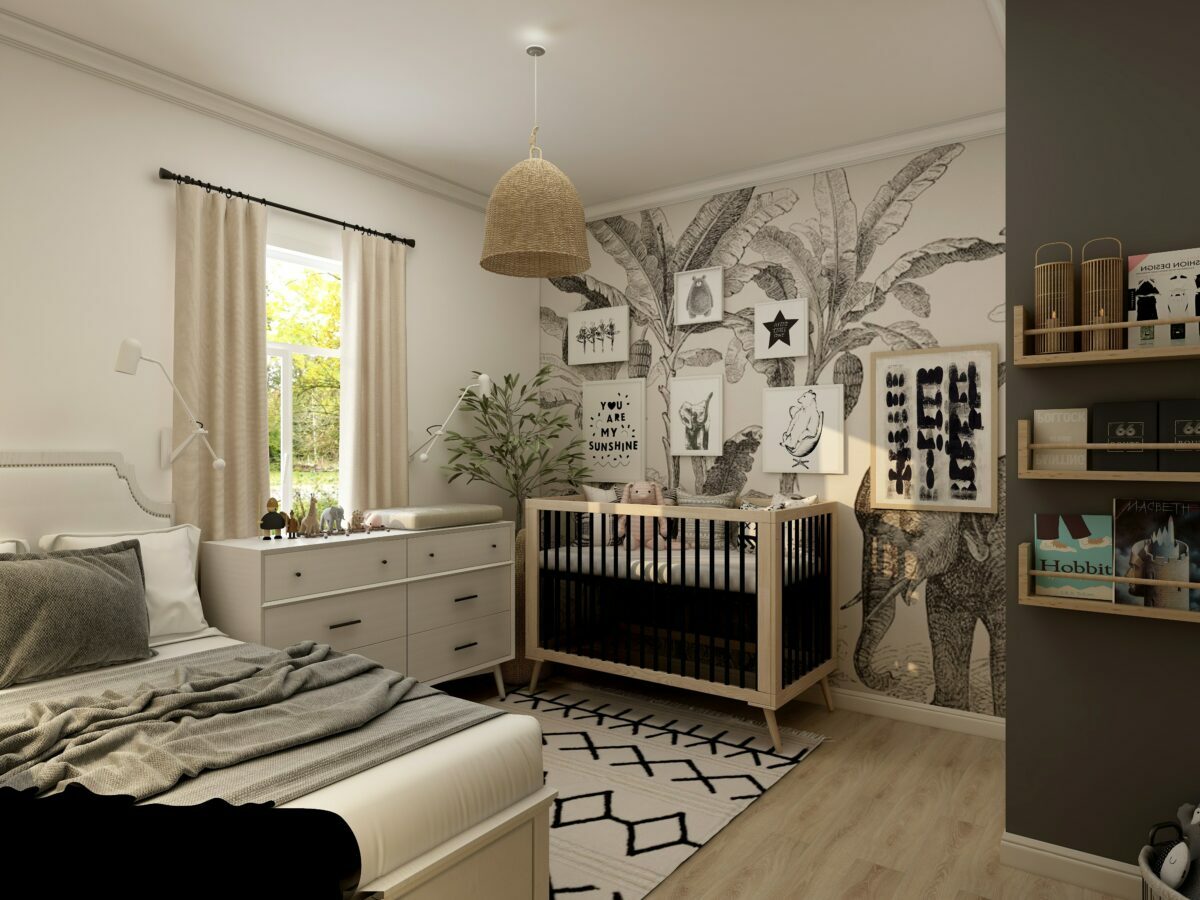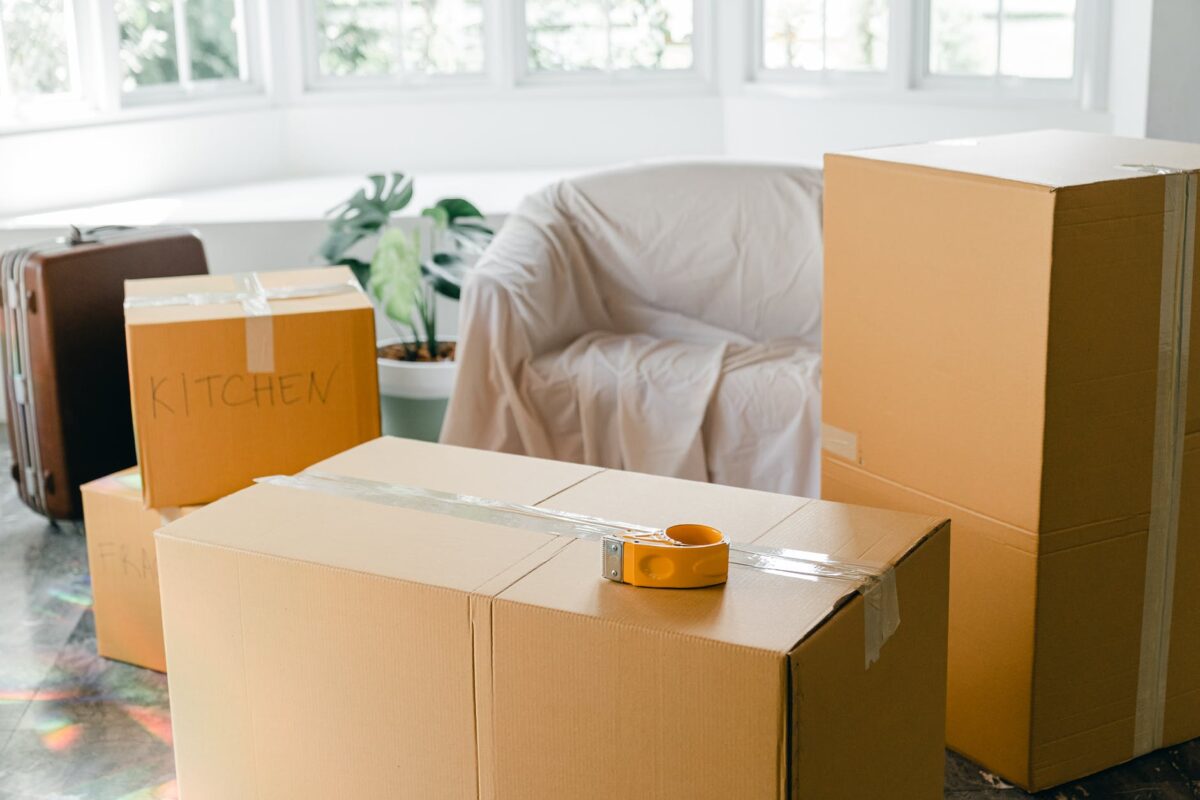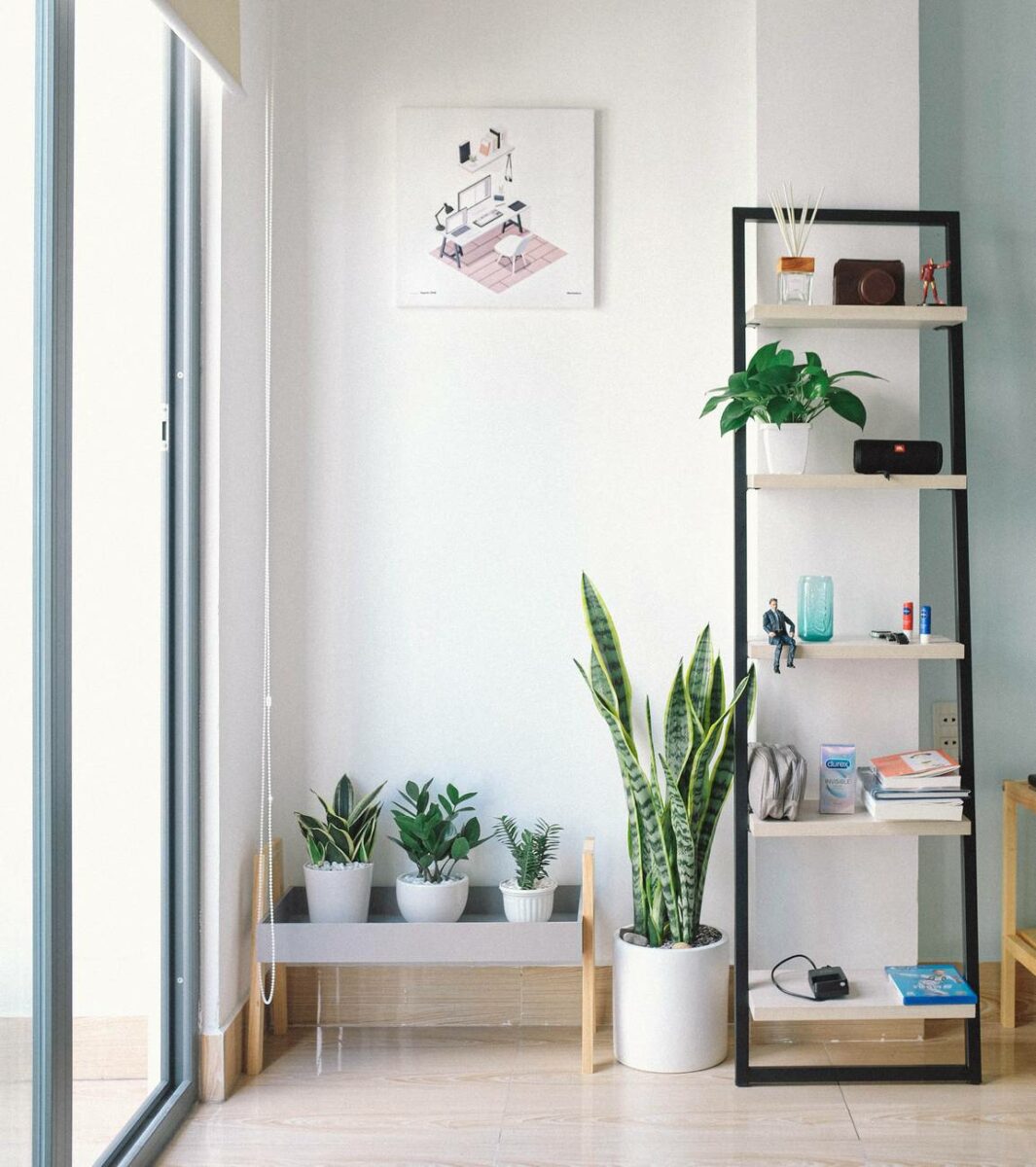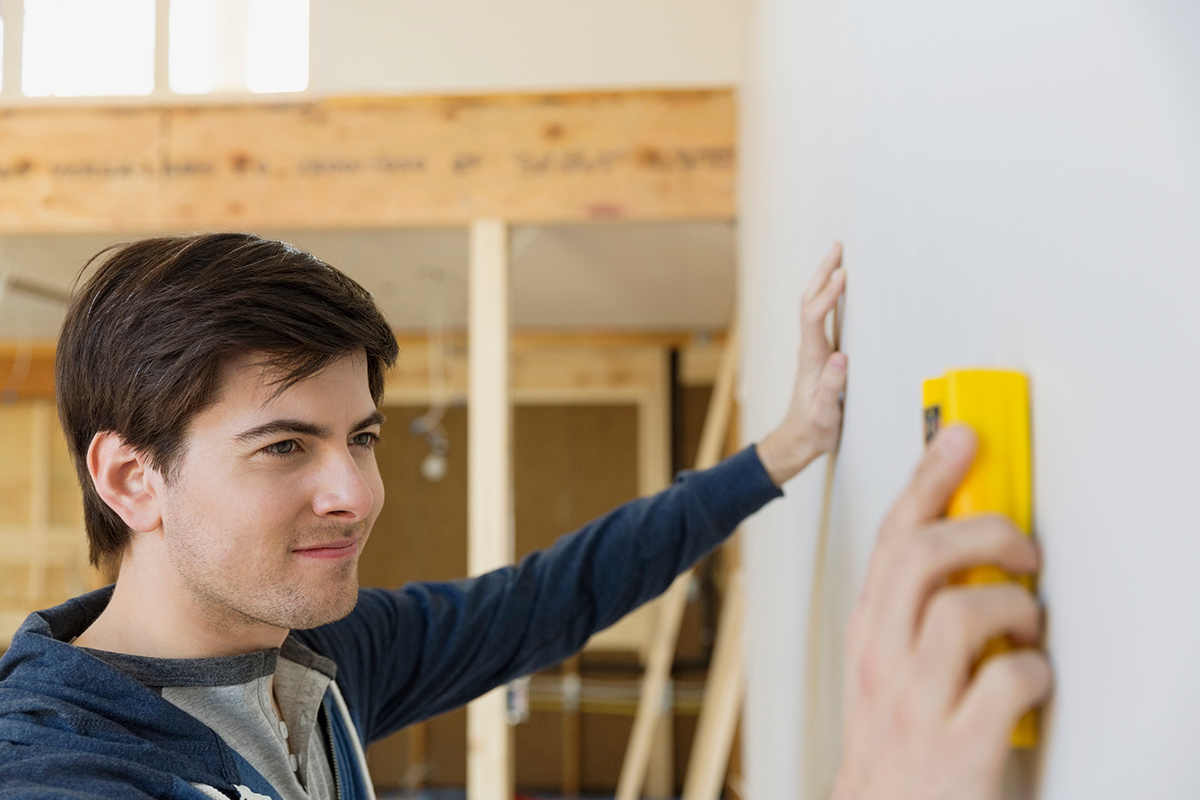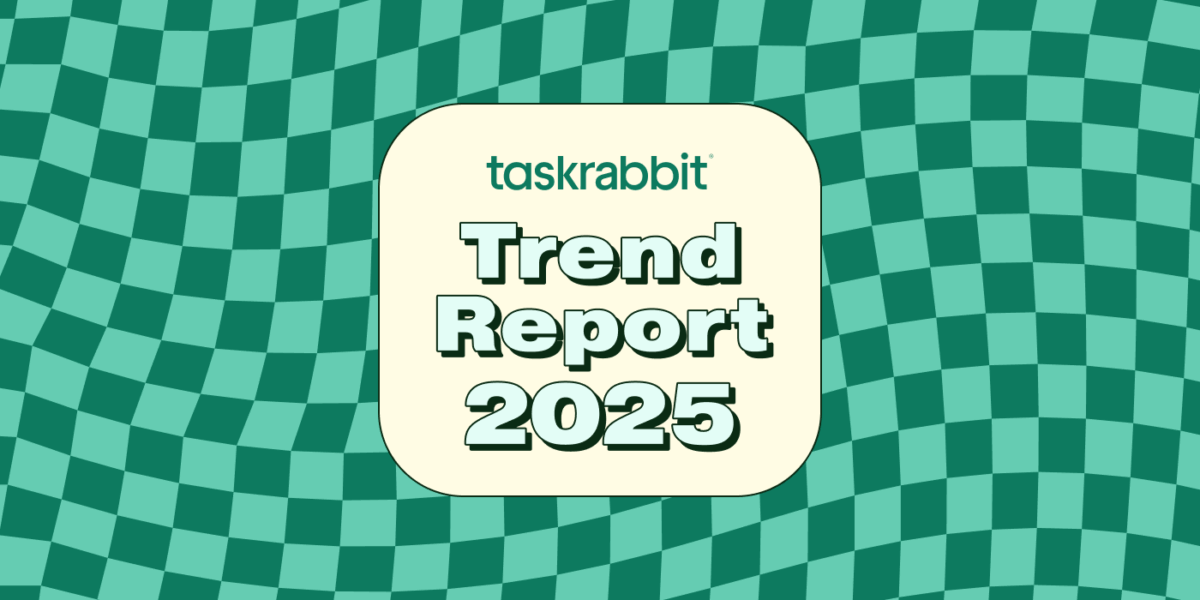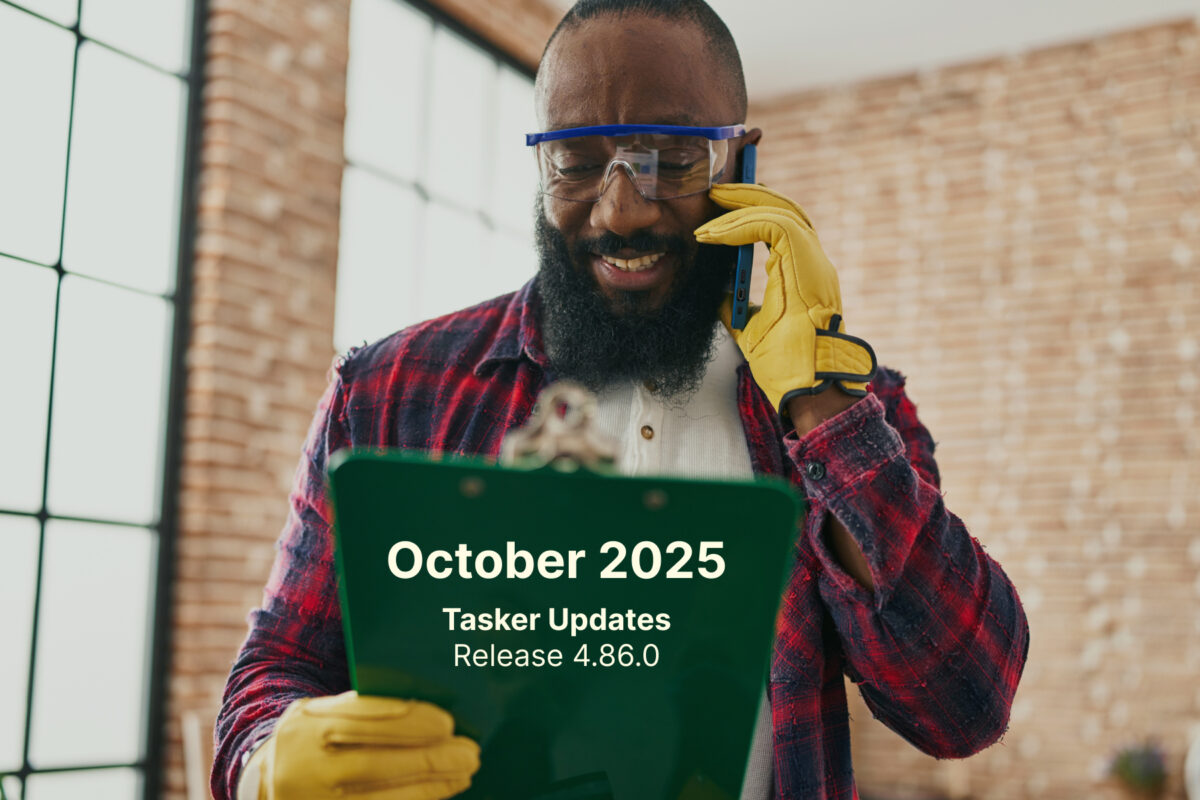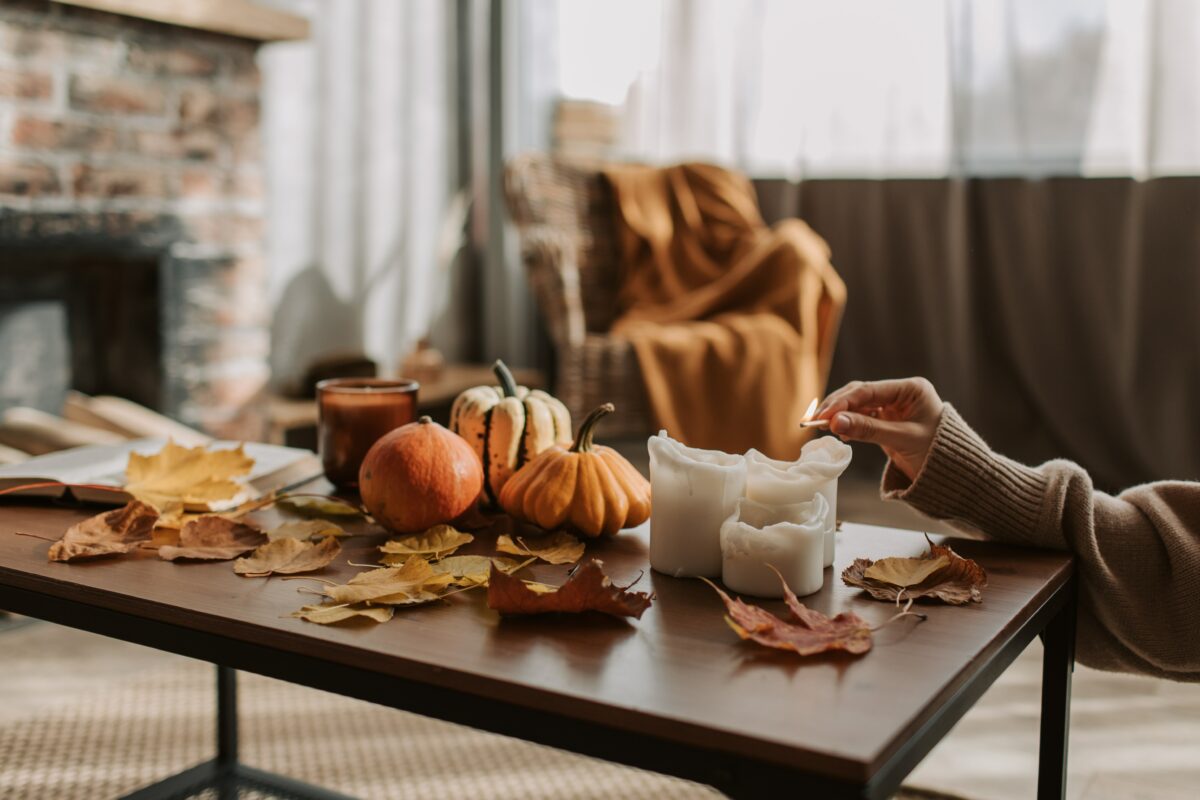Hanging a mirror might seem like a simple home upgrade — until you realize how heavy it is, how fragile it can be, how easy it is to damage your wall, and how utterly unforgiving gravity can be. Whether you’re mounting a lightweight decorative piece or a large, full-length mirror, using the right technique and tools is key to keeping it secure.
In this guide, you’ll learn exactly how to hang a mirror safely, including how to assess your wall type, choose the right hardware, and avoid common mistakes. Prefer a pro to handle it for you? Taskers hang hundreds of mirrors across the country every week. Book a Tasker for mirror and wall mounting and relax while your mirror gets hung right the first time.
1. Know Your Mirror and Wall
Before you pick up a drill or hammer, take a minute to understand what you’re working with. How you choose to hang a mirror will be dictated in part by the weight of your mirror and the type of wall you’re hanging it on. Both factors will also determine which hardware and hanging method to use. Heavier mirrors often require more specialized mounting materials to ensure the mount is stable.
Assess Mirror Weight
If your mirror didn’t come with labeled specs, estimate its weight based on size and frame material.
- A 24×60-inch wood-framed mirror weighs about 24 lbs.
- A 72×48-inch mirror can weigh up to 60 lbs. or more.
When in doubt, weigh the mirror with a bathroom scale or check the product listing online.
Identify Wall Type
Different wall types require different anchors:
- Drywall: Most common; ideal for standard anchors or screws into studs. (Get help with how to find a stud in your wall here.)
- Plaster: Denser than drywall and may need masonry or toggle anchors.
- Brick or Concrete: Requires masonry screws or anchors.
To help determine what type of wall you have, try the push-pin test: if a thumbtack slides in easily, you likely have drywall. For harder resistance, it may be plaster or masonry.
Pro Tip: Unsure of your wall type or mirror weight? Book a Tasker to assess your setup and ensure the right method is used safely.
2. Choose the Right Mounting Hardware & Method
Not all mirrors hang the same way. Choose hardware rated above your mirror’s weight for maximum safety.
D-Rings and Hanging Wire
Great for moderately heavy mirrors. Attach D-rings to the mirror’s back and run picture-hanging wire between them. Hang the wire on two wall hooks anchored into studs or wall anchors.

French Cleat System
For large or heavy mirrors, a French cleat is your best bet. It’s a two-piece bracket — one mounts to the wall, the other to the mirror — that interlocks securely. This distributes weight evenly and keeps the mirror flush.
Anchors and Toggles
If your wall lacks studs where you need them, toggle bolts or heavy-duty anchors work well for drywall or plaster. Always check the package for weight ratings.

3. Measure, Mark & Install Hardware
Now that you’ve got the right tools and the right mirror hanging hardware, it’s time to hang your mirror on your wall.
- Mark Placement: Decide where your mirror will go. For general wall hanging, the center should sit about 57 inches from the floor, roughly eye level. Adjust based on nearby furniture or décor.
- Measure Hardware Spacing: Measure the distance between the D-rings (or cleat points) on the back of the mirror. Transfer these marks onto your wall, ensuring they’re level.
- Install Anchors or Screws: Drill pilot holes where needed, insert wall anchors, and screw in your mounting hardware. Use a level to double-check alignment before tightening.
- Hang and Adjust: With help from another person, lift the mirror and hang it on the mounted hardware. Adjust until it’s even and secure.

4. Final Checks & Maintenance
Once your mirror is up, inspect the wall and hardware regularly.
- Check screws and anchors annually to ensure they remain tight.
- Look for cracks or wall stress — signs your hardware may be loosening.
- Avoid hanging heavy mirrors directly above beds or seating areas unless properly anchored into studs.
If you notice movement, looseness, or cracks, remove the mirror and resecure with stronger hardware, or call a Tasker for a quick fix.
Common Mistakes & How to Avoid Them
Even experienced DIYers make a few missteps when hanging mirrors. Avoid these common errors:
- Using adhesive strips or hooks on heavy mirrors (they can fall suddenly).
- Hanging directly into drywall without a stud or anchor.
- Skipping the level — crooked mirrors are hard to ignore.
- Hanging a mirror too high or above furniture without proper fasteners.
Small mistakes can lead to big damage, and that’s where a Tasker’s experience pays off.
When to Hire a Pro for Seamless Mirror Hanging
If your mirror is oversized, extremely heavy, or the wall material is tricky (like brick or tile), hiring a professional is the safest route. Consider booking a Tasker if:
- Your mirror weighs over 40 lbs.
- You’re hanging into masonry or plaster walls.
- The mirror includes lighting or electrical elements.
- You don’t have proper tools or lifting help.
A Taskrabbit Tasker brings the right equipment and know-how for installation with peace of mind.
Mirror Hanging FAQs
How heavy of a mirror can I hang on drywall without hitting a stud?
Drywall can hold up to about 20–25 lbs using standard anchors, but for anything heavier, anchor into a stud or use toggle bolts rated for your mirror’s weight.
What is the best height to hang a mirror on the wall?
For most walls, aim for the mirror’s center to be 57 inches above the floor — the average eye level in a room.
Can I hang a mirror with adhesive strips or hooks?
Not for heavy mirrors. Adhesive solutions can fail over time due to humidity or weight. Stick with hardware rated for the mirror’s load.
What hardware should I use for a large mirror in a rental with drywall?
Use toggle bolts or heavy-duty anchors that minimize wall damage, and be sure to patch small holes when you move out. Unsure? Hire a Tasker who knows how to install securely while protecting your deposit.
How do I hang a mirror on a brick or concrete wall?
To hang a mirror on brick or concrete walls, use masonry anchors or screws with a hammer drill. Because drilling into brick requires precision, consider a Tasker for the job.
Is it worth hiring a Taskrabbit Tasker to hang a mirror?
Absolutely. For heavy or large mirrors, hiring a pro ensures your mirror stays secure, level, and damage-free — all without lifting a finger.
How often should I check the mounting of a heavy mirror?
Do a quick annual check or inspect after any wall movement (like minor settling). Tighten or replace hardware if anything feels loose.
Last updated on November 18, 2025 by Grace Branscome
